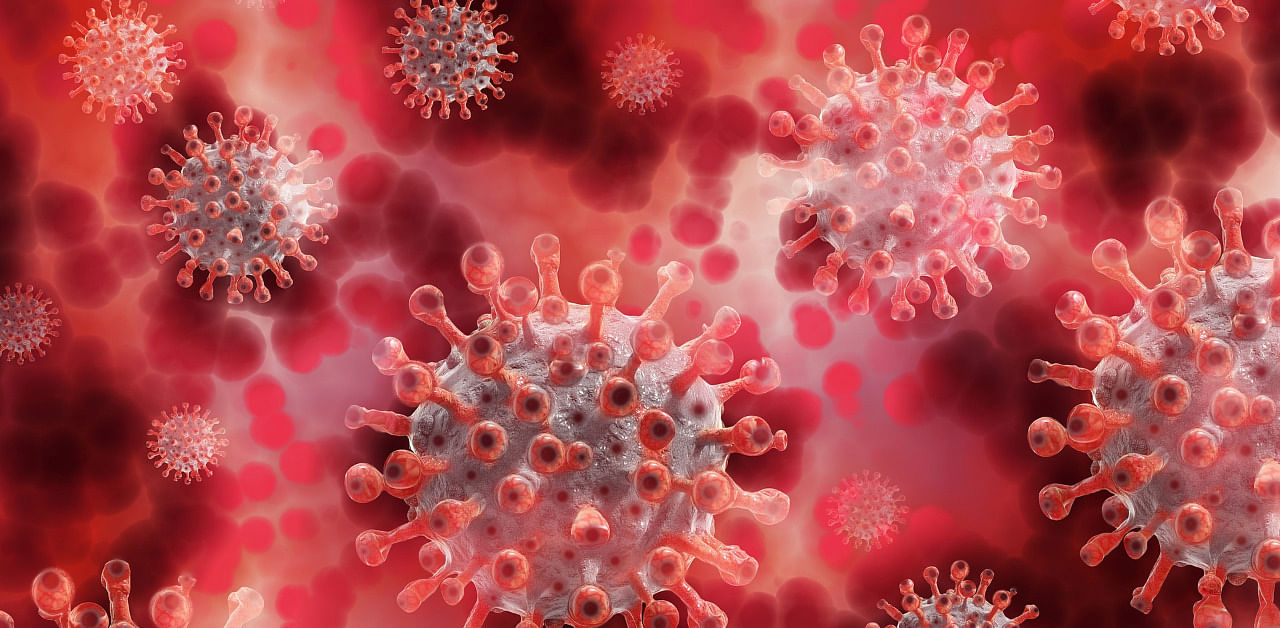
A new variant of SARS-CoV-2, the virus that causes Covid-19, recently emerged in the UK, sowing panic around the world. Many countries, including India, have cut off air links to the UK as a result. The new variant is up to 70% more transmissible than the original SARS-CoV-2 strains, making it more fearsome. But a lot more needs to be understood about it.

How did the world get to know about the new variant?
The first information on the existence of the new strain came from an analysis of routinely available Covid-19 genome data as part of an epidemiological investigation to probe an unexpected rise in Covid-19 cases in Southeast England. On December 14, the UK informed the World Health Organisation about the new variant, which has been named SARS-CoV-2 VUI 202012/01 (Variant Under Investigation, year 2020, month 12, variant 01).
How is it different from Covid-19 strains that are in circulation?
The variant is defined by the presence of 17 mutations or tiny genetic changes. Some of these mutations influence the virus' transmissibility. The two most important mutations are in the spike protein that the virus exploits to enter human cells. The first mutation is known as N501Y while the second one is called P681H. They are important for the virus' transmission and virulence. "These mutations have been seen earlier independently but never together. Both would give the virus an ability to infect cells more efficiently and thus show increased transmission," explained eminent virologist Shahid Jameel, the director of the Trivedi School of Biosciences at Ashoka University.
What’s the effect of such genetic changes?
Preliminary reports by the UK show that this variant is 40%-70% more transmissible than circulating strains. Laboratory studies are underway to determine whether these variant viruses have different biological properties or alter vaccine efficacy. There is not enough information at present to determine if this variant is associated with any change in the severity of clinical disease, antibody response or vaccine efficacy.
Has this variant been spotted in any other country?
According to the WHO, the new variant has also been identified in Australia, Denmark, Italy, Iceland and the Netherlands.
Will there be an impact on the existing Covid-19 tests?
One of the mutations (technically described as the deletion at position 69/70) has been found to affect the performance of some diagnostic PCR assays that use a particular gene target. But since most PCR assays worldwide use multiple gene targets, the impact of the variant on diagnostics is not anticipated to be significant.
Will the existing vaccines and treatments work against the new variant?
There is not enough information at present to determine if this variant is associated with any change in the severity of clinical disease, antibody response or vaccine efficacy. The UK authorities are conducting studies to further assess the transmissibility, infection-severity, risk of reinfection and antibody response of this new variant. More investigations are required to fully understand the impact of the specific mutation on viral properties and the effectiveness of diagnostics, therapeutics and vaccines. These investigations are complex and require time and collaboration among different research groups.
What could have triggered such changes in SARS-CoV-2’s genetic makeup?
Although it's still early, a preliminary analysis by UK scientists indicates the possibility of the mutant strain originating in an immunosuppressed patient who died 101 days after being diagnosed with Covid-19. The patient was given three treatments of convalescent plasma which failed to clear the infection. Following each convalescent plasma treatment, important changes in the virus genome were observed. The genetic changes occur due to the selection pressure that comes from the process of the virus’s natural evolution. However, it's more of a hypothesis at the moment and more research is needed to understand how the strain evolved.
